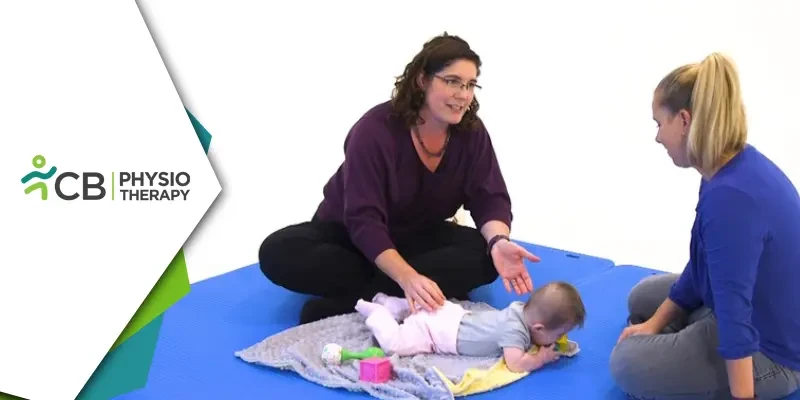Erb's Palsy, a condition that arises from birth-related trauma, can cast a shadow on the joyous occasion of welcoming a new life into the world. This nerve injury, affecting the brachial plexus—the network of nerves controlling the arm and hand—can lead to varying degrees of weakness or paralysis, impacting an infant’s ability to move and develop motor skills. In the pursuit of restoring hope and functionality, physiotherapy emerges as a beacon of light. In this blog post, we'll explore Erb's Palsy, its causes, manifestations, and delve into the indispensable role that physiotherapy plays in the treatment and rehabilitation of individuals affected by this condition.
Understanding Erb's Palsy
Erb's Palsy, also known as brachial plexus birth palsy, is a condition that predominantly affects newborns during the birthing process. It occurs when the brachial plexus—the bundle of nerves extending from the neck to the armpit—suffers damage, often due to excessive stretching or pulling during a difficult delivery. The result is weakness or paralysis in the affected arm, impacting both the motor and sensory functions.Causes and Manifestations
The primary cause of Erb's Palsy is trauma during childbirth, with risk factors including larger-than-average birth weight, breech presentation, or the use of excessive force during delivery. The manifestations of Erb's Palsy vary, ranging from mild weakness to complete paralysis of the affected arm. Common signs include a lack of movement in the shoulder or elbow, a turned-in or limp wrist, and reduced grip strength.
Role of Physiotherapy in Erb's Palsy Treatment
Physiotherapy is instrumental in the comprehensive management of Erb's Palsy, aiming to maximize the individual's functional abilities and promote optimal development. The multifaceted approach of physiotherapy addresses various aspects of the condition, offering a tailored and holistic treatment plan.1: Early Intervention:
Physiotherapy begins as early as possible, often in the neonatal period, to initiate interventions during a critical period of neural development. Gentle exercises and maneuvers are employed to prevent joint contractures and maintain flexibility in the affected arm.
2: Range of Motion Exercises:
Physiotherapists design exercises to enhance the range of motion in the affected shoulder, elbow, and wrist. Gentle stretching routines aim to prevent muscle stiffness and joint tightness, facilitating a more natural and functional range of motion.
3: Strength Training:
Targeted exercises focus on building strength in the weakened muscles of the affected arm. Gradual resistance training helps individuals develop muscle tone and function, promoting better control and coordination.
4: Neuromuscular Reeducation:
Physiotherapy employs techniques to retrain the nervous system and enhance the communication between nerves and muscles. Neuromuscular reeducation exercises facilitate the establishment of new neural pathways, supporting improved motor function.
5: Joint Protection Techniques:
Physiotherapists educate parents and caregivers on joint protection techniques to prevent injuries and optimize the child's daily activities. Guidance on positioning and handling supports the overall well-being of the child and minimizes the risk of secondary complications.
6: Functional Activities:
Physiotherapy incorporates functional activities into the rehabilitation process, helping children develop the skills necessary for daily tasks. Adaptive strategies and assistive devices may be introduced to enhance independence and participation in daily life.
7: Parental Involvement and Education:
Physiotherapy emphasizes the importance of parental involvement in the child's rehabilitation journey. Parents are educated about Erb's Palsy, the treatment plan, and are actively engaged in home exercises and activities to reinforce progress achieved during therapy sessions.
Erb's Palsy may present initial challenges, but with the compassionate guidance of physiotherapy, a path to recovery and improved functionality unfolds. Physiotherapists play a pivotal role in empowering individuals affected by Erb's Palsy, fostering hope, and enabling them to overcome the physical obstacles associated with the condition. As we continue to recognize the resilience of the human spirit, coupled with the expertise of physiotherapists, the journey from Erb's Palsy diagnosis to rehabilitation becomes a story of triumph, determination, and the transformative power of therapeutic care.

